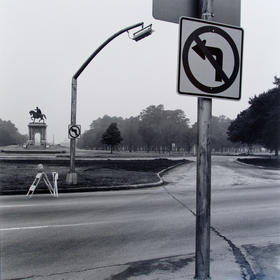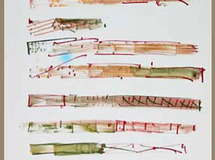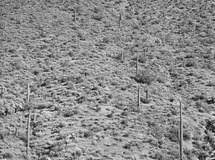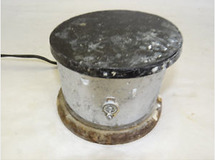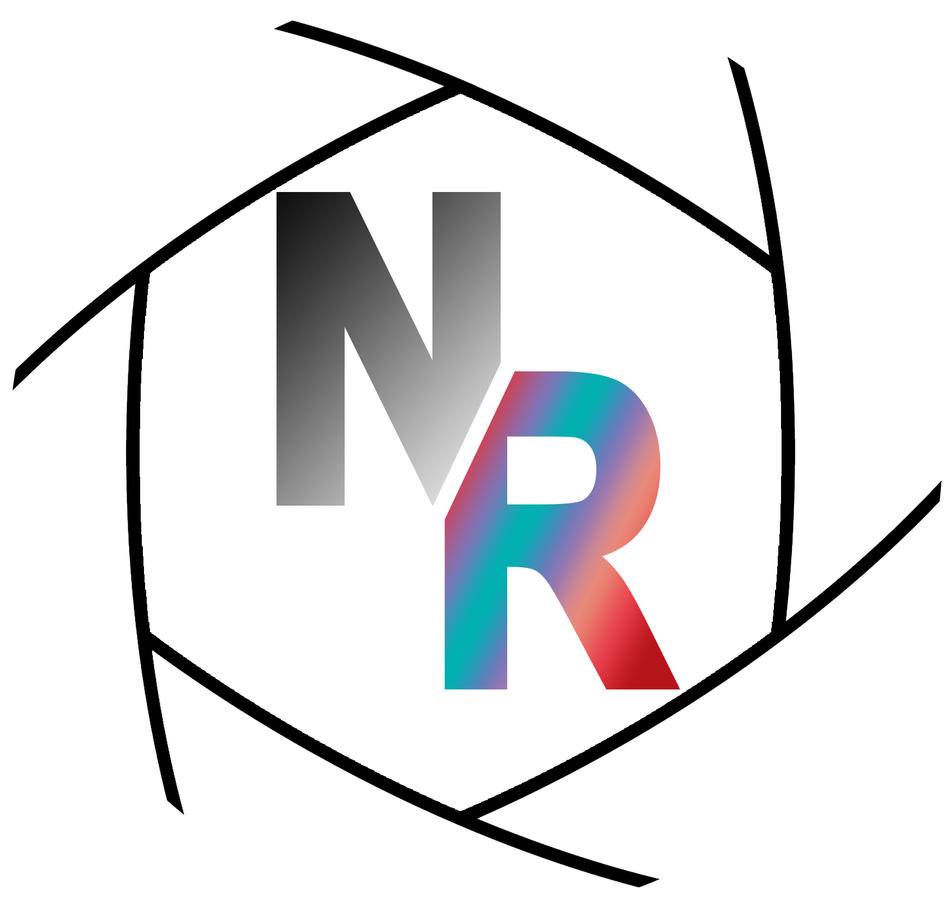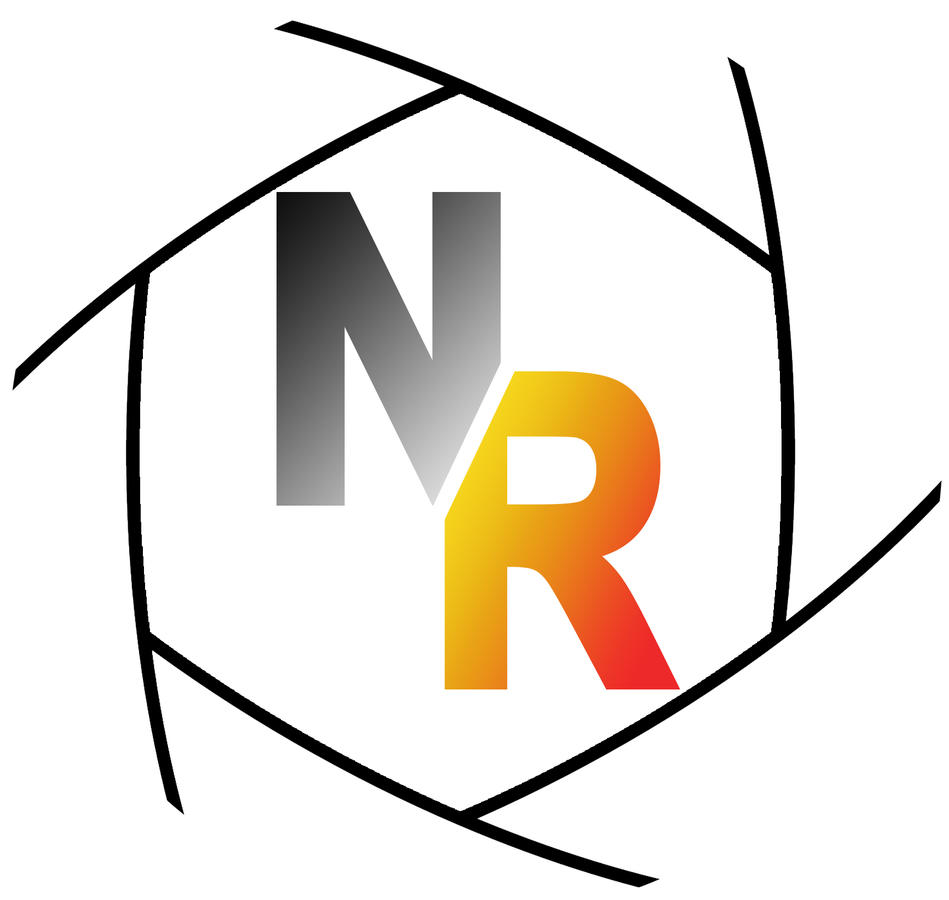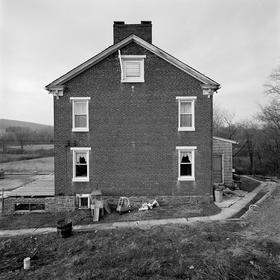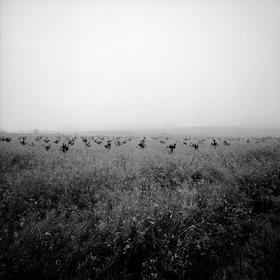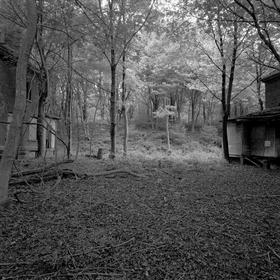The Marc Harrison Tent Story
Note: This one is a little out of date but never published.
I have written extensively about the photographer Fred Sommer in this blog. If you haven't read those I've listed the links at the bottom of this post.
I got an email from Jim Stone a while ago. Jim is an old-time friend and colleague. We were grad students together in the 70s. He was checking up on me to see if I was still doing okay after open-heart surgery (I am) and asked about the details of Fred Sommer trading prints for tents with Marc Harrison.
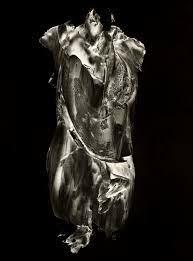
Here's the story:
The Marc Harrison Tent Story
Marc Harrison was my brother-in-law and a professor of Industrial Design at RISD. He also was an excellent photographer. Marc was on a shooting trip to Mexico with Ron Binks, a film teacher at RISD. I believe Marc was shooting 4 x 5 and Ron, either 5 x 7 or 8 x 10. They were in a Land Rover and stopped by Prescott, AZ to see Fred (Ron knew him somehow). This was sometime in the 60s. They stayed and camped at Fred's in Marc’s prototype tents (think folding white foam core).
This was in the years Fred was doing a lot of hiking to photograph and camping in the desert. Fred liked Marc’s designs. They worked out a trade as Marc liked Fred's pictures. I don’t think it came down right then but later from RI. Marc sent out his tents and Fred sent 12 prints to Marc in payment.
Marc Harrison died tragically of ALS in 1998.
After Marc died Deedee my sister sold some prints off, to help pay for tuition for her daughters' schools. She was helped by Jan Howard, the photo curator at the RISD Museum, to facilitate the sales. I believe the Museum ended up with 2 to 4 Fred Sommer prints, gifted by my sister.
As a side note: I’ve often wondered about how this worked. I think I know. Fred and his live-in assistant would figure out what image they were going to work on each month. Fred made 12 final prints a year. That meant printing one photograph for a month. Imagine. Some testing, some trial printing, some different toners, some masking, perhaps a different developer. A lot of the imagery that came from negatives was printed many many times, not to make as editions but in the pursuit of perfection. Let's be clear, Fred Sommer was known to be a master printer of unparalleled ability. Now, Fred Sommer prints fetch upwards of $50k to $60K per print.
So, the end result was that many very close-to-final prints were made. Of course, most would be destroyed. But a few very good ones would be kept. I believe this is what Marc got. Fred showed me some prints when I went out to see him in the late 70s and early 80s. The “seconds” were indistinguishable to my eyes from the finals.
Here are the links to my posts on Fred:
https://www.nealrantoul.com/posts/fred-sommer
https://www.nealrantoul.com/posts/fred-sommer-day-2
https://www.nealrantoul.com/posts/fred-sommer-day-3
https://www.nealrantoul.com/posts/fred-sommer-addendum
https://www.nealrantoul.com/posts/after-fred-somm
Let me know if you've enjoyed this further look into all things Fred Sommer. He and his work had a huge effect on this young and impressionable artist in the 70s and 80s.
